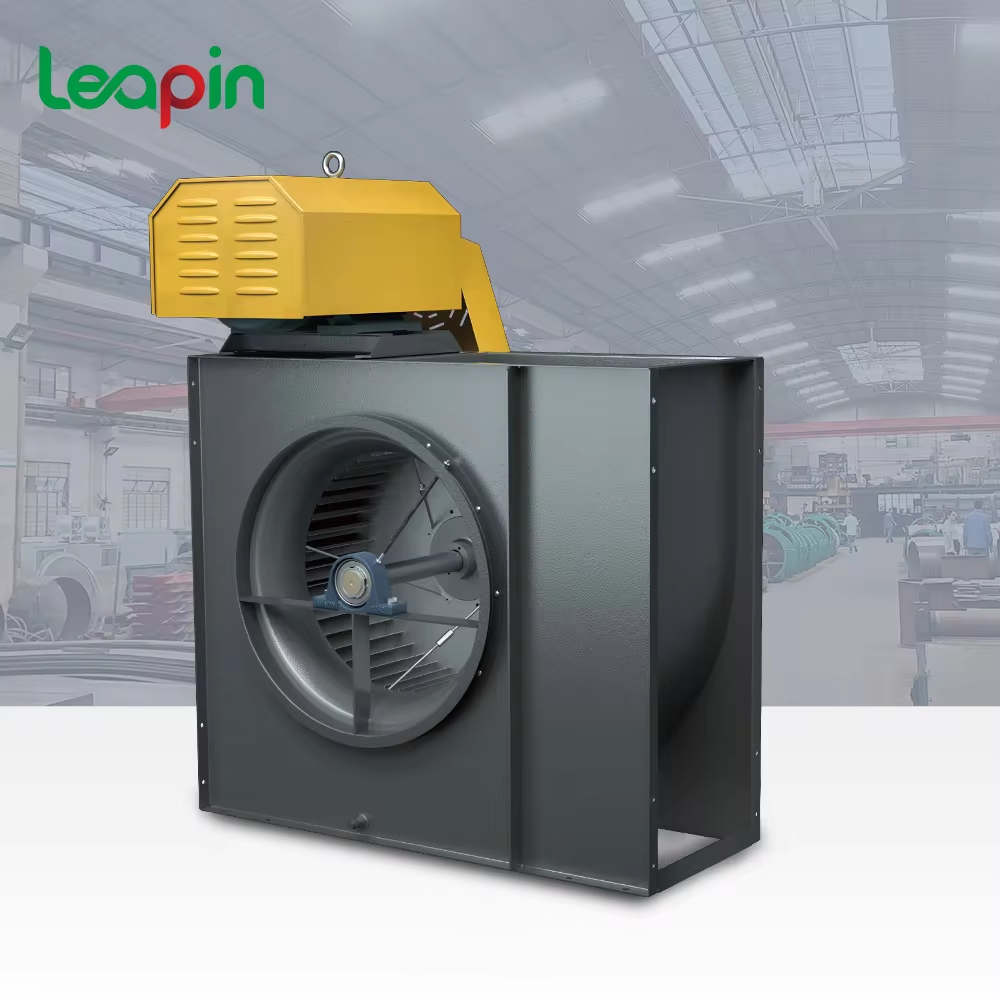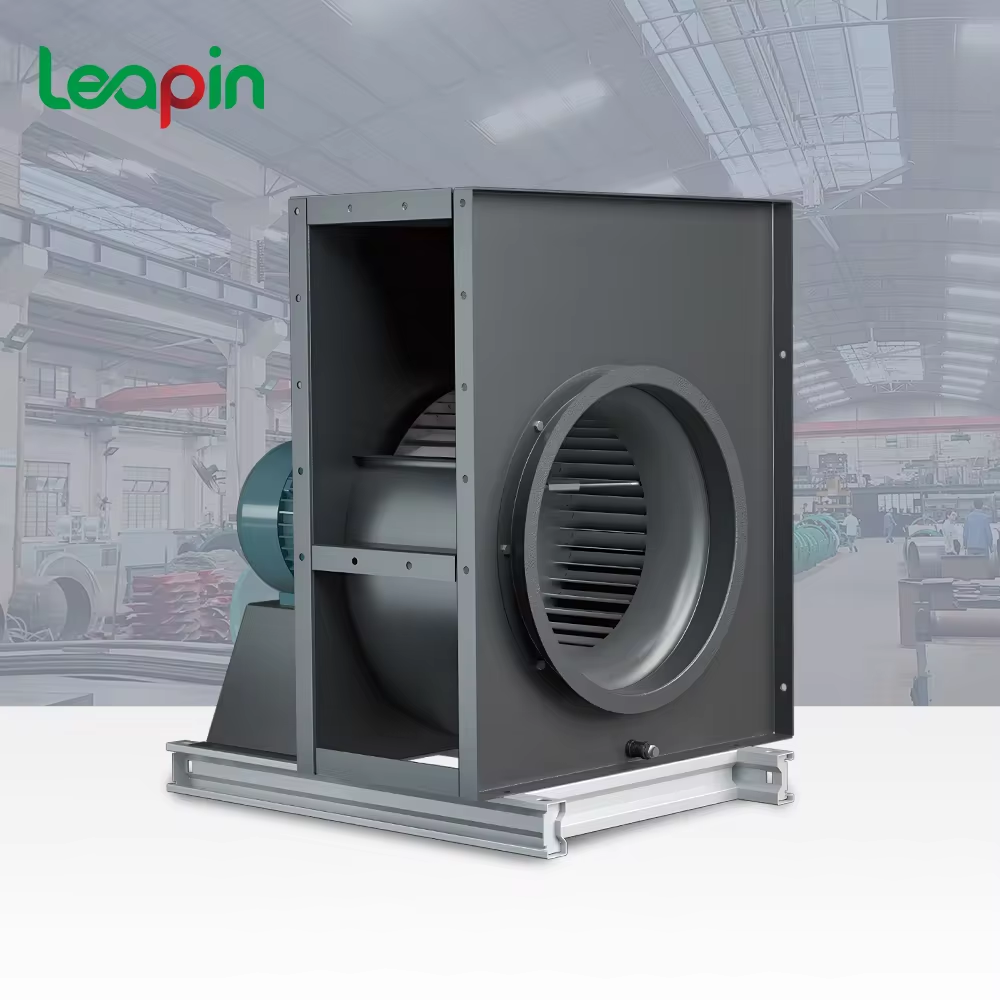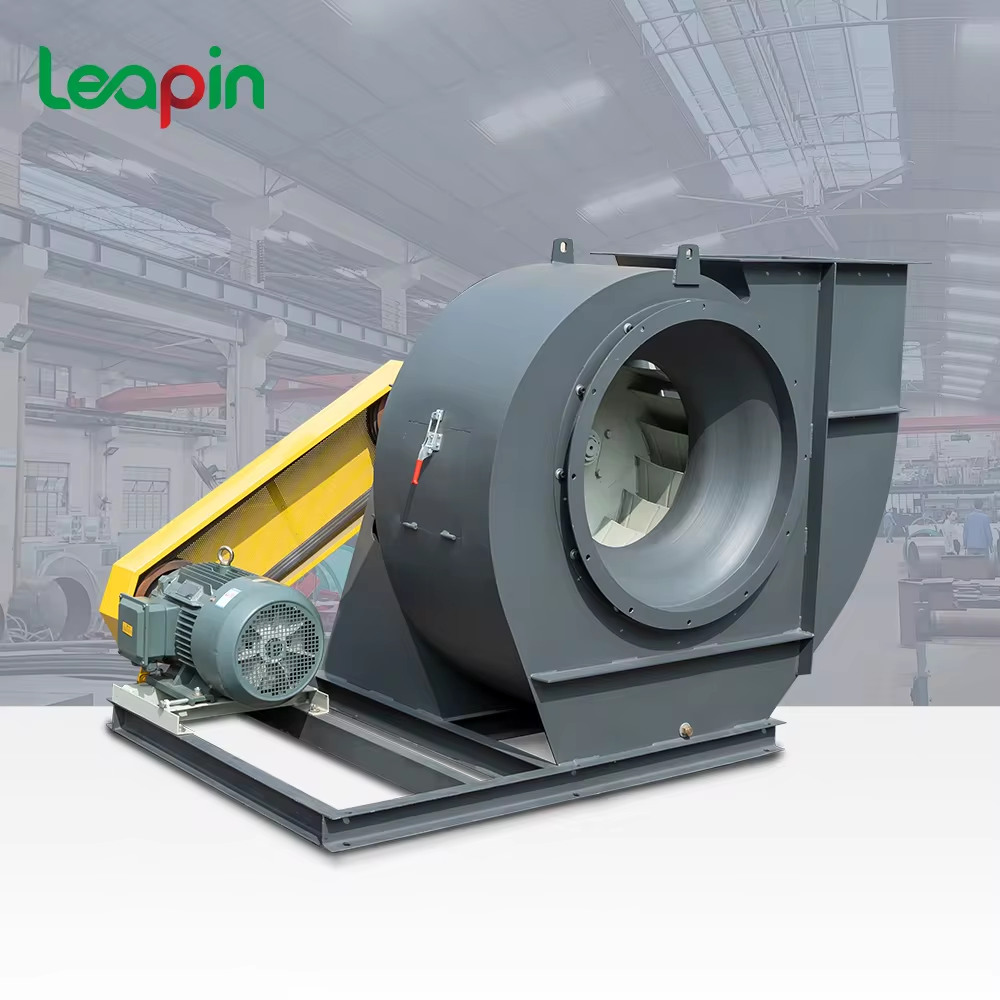The Role of Centrifugal Blower Consultation in Optimizing Airflow Systems
Assessing Airflow Requirements for Industrial Fans
Understanding the specific airflow needs of an industrial space is critical to ensuring optimal ventilation and system performance. It's essential to first evaluate the size and type of the workspace. For instance, a large warehouse will likely have different airflow demands compared to a compact manufacturing unit. Taking industry benchmarks into account—such as those listed in ASHRAE guidelines—can provide a substantiated framework for airflow requirements. According to the guidelines, achieving appropriate ventilation ensures employee comfort and enhances air quality by reducing contaminants.
Furthermore, it's important to consider the context in which the industrial fan will be used, such as cooling, heating, or exhaust applications. For example, a case study on a factory floor showed that aligning the airflow design with specific cooling needs significantly improved system efficiency by 25%. By conducting a thorough assessment, businesses can ensure their chosen solution provides reliable and efficient performance across various operational requirements.
Addressing Noise and Space Constraints in Warehouses
Noise levels in warehouse environments can significantly impact worker comfort and productivity; hence, selecting a centrifugal blower optimized for low-noise operations becomes crucial. Adhering to sound rating standards can guide us in choosing equipment that meets operational needs without exceeding acceptable decibel levels. For instance, implementing noise-dampening technologies has been effective in several recent installations, lowering overall noise output by up to 15%.
Space constraints require careful consideration as well. Compact blower designs can be invaluable in such scenarios, as demonstrated in a logistics company case where limited space compelled a tailored layout. The company successfully integrated compact blowers that fit seamlessly into tight spaces, enhancing operational productivity. Moreover, it's important also to consider potential local zoning laws or regulations affecting blower placement and operation, as compliance is obligatory to avoid infractions and ensure smooth operations of industrial fans for warehouses.
Optimizing HVAC Systems Through Centrifugal Blower Expertise
Balancing Airflow Efficiency and Energy Consumption
Optimizing airflow efficiency and energy consumption is crucial when integrating centrifugal blowers into HVAC systems. These blowers can be calibrated for optimal energy efficiency, employing metrics such as Cubic Feet per Minute (CFM) against power usage. Recent energy studies underline the significance of fine-tuning these parameters to ensure economic operation. Furthermore, the advent of technologies like variable speed drives (VSDs) plays a pivotal role in reducing energy consumption while maintaining effective airflow. With VSDs, it's possible to precisely control the blower's speed, allowing for adaptations in real-time to meet fluctuating demands without excessive energy use. This adaptability not only maximizes performance but also significantly cuts down on operational costs over time.
Customizing Inline Fan Solutions for Commercial Spaces
The versatility of inline fans makes them ideal for customizing air distribution solutions in commercial spaces. These fans can be tailored to meet specific airflow needs, offering flexibility and efficiency that traditional systems might lack. Over the years, several customization projects have successfully demonstrated the benefits of bespoke designs. For instance, tailored inline fan systems have been installed in office complexes where enhanced performance and notable energy savings were achieved. Such projects illustrate that through customization, inline fans can be perfectly aligned with the unique requirements of different commercial environments, facilitating superior air quality and comfort.
LT Series Centrifugal Blowers: Tailored Solutions for Diverse Needs
LT-BC(s) Series: High-Pressure Smoke Exhaust & Ventilation
The LT-BC(s) series excels in providing high-pressure capabilities essential for emergency ventilation scenarios. This makes it particularly suited for applications like fire smoke exhaust in high-rise buildings and industrial facilities. Fire safety regulations often mandate reliable exhaust solutions, and the LT-BC(s) series meets these stipulations with rigorous pressure ratings that ensure robust performance. With a total pressure range of 221-1988Pa, these fans offer exceptional operational efficiency and capabilities for industrial safety and regulatory compliance within diverse environments.
LT-FC(s) Series: Low-Noise Forward-Curved Blade Design
The LT-FC(s) series stands out due to its forward-curved blade design, effectively reducing operational noise compared to traditional fans. This makes it optimal for environments where low noise levels are crucial, such as hospitals and schools. The forward-curved blades create smoother airflow, thus generating less noise during operation. Additionally, this series offers high efficiency and air volume, ensuring effective ventilation while maintaining a tranquil atmosphere conducive to sensitive applications.
FCS-E Series: Heavy-Duty Airflow for Industrial Demands
Designed for heavy-duty applications, the FCS-E series boasts a robust construction capable of handling significant airflow demands. With air volume outputs ranging from 6000 to 43000 m³/h, these fans demonstrate reliability and efficiency in industrial settings. From manufacturing plants to large-scale warehouses, the FCS-E series delivers consistent performance even under extreme conditions, backed by its solid structure and efficient design, ensuring operational stability across varied industrial environments.
FCS-A Series: Compact Direct-Drive Flexibility
The compact design of the FCS-A series makes it perfect for spaces with limited available room. Despite its smaller size, this series provides exceptional performance benchmarks comparable to larger models. The direct-drive configuration ensures easy installation and maintenance, enhancing adaptability across various industrial and commercial applications. Its streamlined setup allows for efficient operation and user-friendly installation, ideal for users seeking flexibility without compromising on effectiveness.
LP73 Series: Multi-Speed Energy Efficiency
The LP73 series shines in energy efficiency with its multi-speed options, significantly reducing operational costs over time. Users can utilize its varied transmission modes to tailor fan speed according to specific environmental needs, providing long-term savings substantiated by lifecycle analysis. This series is ideal for diverse settings, promoting sustainable practices through advanced energy-saving technology, effectively balancing high performance and cost efficiency.
Maximizing ROI with Professional Blower Consultation
Reducing Operational Costs Through System Optimization
Optimizing system performance is a critical strategy for reducing operational costs in industrial settings. By leveraging system optimization strategies, companies can streamline processes, improve energy efficiency, and ultimately cut unnecessary expenses. For instance, similar industries have achieved reductions in energy consumption by up to 20% through targeted system enhancements. Key performance indicators (KPIs) such as energy usage per operational hour or cost per unit of output can serve as benchmarks for evaluating the effectiveness of optimization efforts. Real-world data reveals that companies focusing on efficiency improvements have realized substantial cost savings, providing a compelling case for the investment in system optimization.
Preventing Downtime with Preventive Maintenance Planning
Preventive maintenance planning is vital for extending the lifespan of industrial equipment and preventing costly downtime. Industry reports consistently highlight the significant impact of regular maintenance on equipment longevity and reliability. Implementing a thorough preventive maintenance plan can ensure that potential issues are identified and addressed before they result in downtime. A detailed maintenance checklist, including metrics for assessing operation readiness like vibration analysis and airflow monitoring, can help in this regard. Common issues like bearing wear or fan blade damage can be effectively prevented through regular maintenance activities. By prioritizing preventive maintenance, companies can enhance their operational efficiency and minimize disruptions, thus maximizing their return on investment.

 EN
EN
 AR
AR
 FR
FR
 RU
RU
 ES
ES
 TL
TL
 ID
ID
 VI
VI
 TH
TH
 MS
MS
 BN
BN






